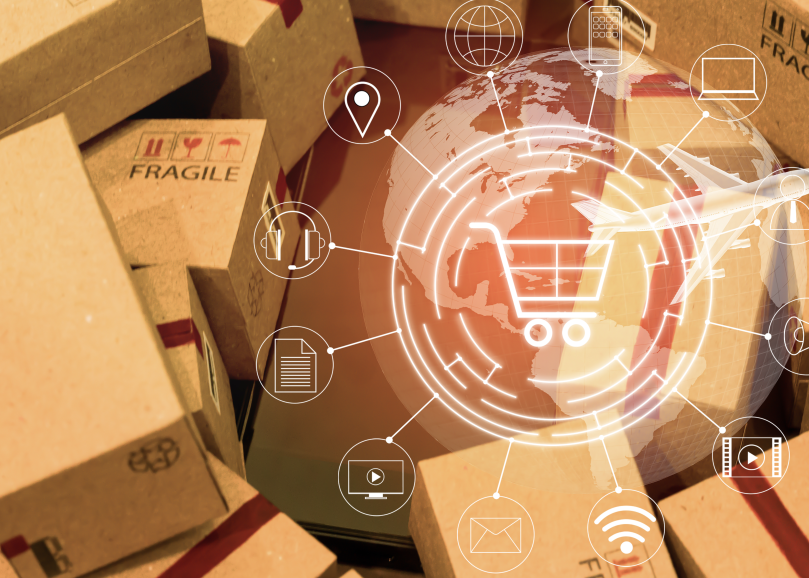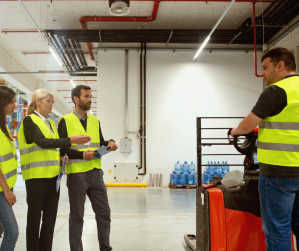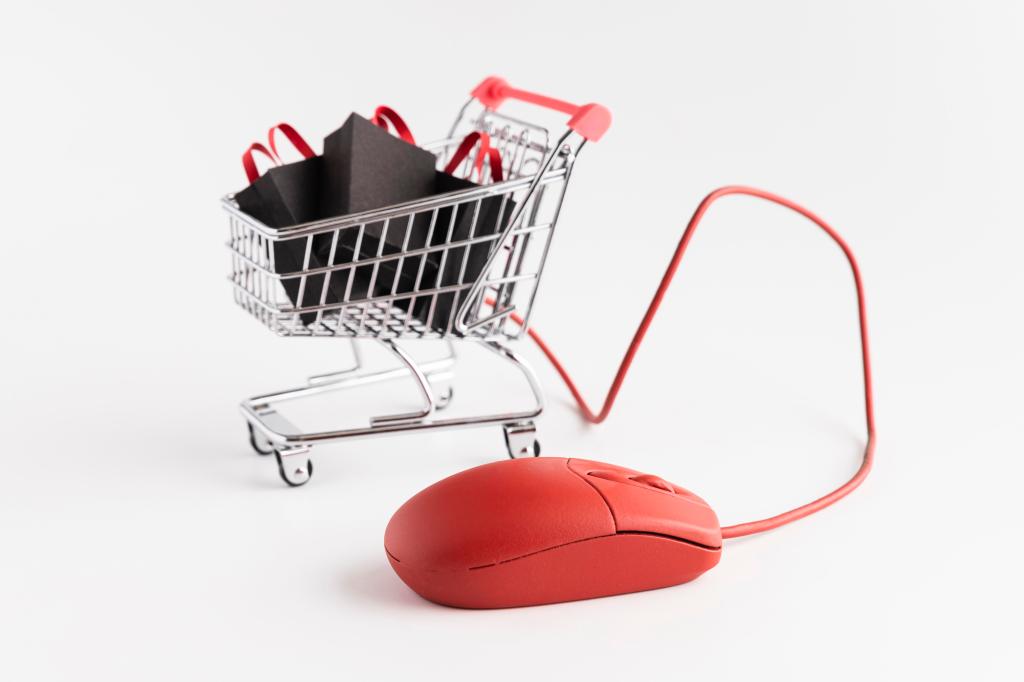In today’s competitive business landscape, building trust with consumers is not just a nice to have; it’s an absolute necessity for long-term success. Trust is the foundation upon which brand loyalty and profitability are built. Companies that prioritize and nurture this trust find themselves in a more advantageous position to weather market fluctuations, retain customers, and ultimately thrive. Here, we’ll delve into the importance of trust in your brand and how it can contribute to lasting success.
Trust breeds customer loyalty
The most loyal customers are those who trust your brand implicitly. When consumers believe in your products or services, they’re more likely to return for repeat purchases. This trust ensures a steady stream of revenue. It reduces the cost of customer acquisition, as loyal customers often refer friends and family. Loyal customers can become brand advocates, effectively marketing your products on your behalf.
Trust enhances brand reputation
A solid reputation is one of your brand’s most valuable assets. Trustworthy brands are seen as more reliable, responsible, and credible, which can be a significant differentiator in crowded markets. A good reputation not only attracts new customers but also helps you recover from any setbacks more easily. In times of crisis, a vital reservoir of trust can shield your brand from irreparable damage.
Trust fosters transparency
Transparency is a crucial ingredient in building trust. When you’re open and honest with your customers, they are more likely to believe in your brand. This means being forthright about product information, pricing, and business practices. In an era where information is readily available, consumers value transparency and are quick to expose deception. Brands that cultivate openness enjoy higher levels of trust from their customer base.
Trust drives customer retention
The cost of acquiring new customers is significantly higher than retaining existing ones. Trust is a critical factor in customer retention. Customers who trust your brand are more likely to remain loyal and less likely to be swayed by competitors. Trust also extends to customer support and post-purchase experiences. Brands consistently delivering on their promises and providing excellent support foster lasting customer relationships.
Trust leads to increased profitability
A trusting customer base can directly impact your bottom line. When consumers trust your brand, they often pay a premium for your products or services. Price sensitivity diminishes, and customers are more forgiving of occasional hiccups. Trust also reduces marketing costs, as word-of-mouth and repeat business become significant sales drivers. As a result, your profitability is likely to increase when trust is at the core of your brand strategy.
Trust fuels innovation
Innovation is essential for staying relevant and competitive. Trusting customers are more willing to experiment with new offerings from a brand they believe in. This trust allows companies to introduce new products or services and receive a warm reception from their loyal customer base. It’s easier to convince trusted customers to try something new, making innovation a smoother and less risky process.
Trust builds resilience
In an ever-changing business landscape, trust acts as a safety net. Brands with solid trust are better equipped to handle crises, market fluctuations, and ethical challenges. Trust enables businesses to navigate storms with their reputation and customer base intact, ensuring long-term viability.
Trust builds security
Trust that the product arrives on time and unscathed is a factor in customer loyalty. Ensuring quality packaging material is used to protect purchases is vital in securing customer trust. The AirSaver air cushioning system is cost-effective and environmentally friendly. The air pillows come in various sizes with perforations, allowing fulfillment centers to use less material when securing and protecting items. Visit our website to see precisely how AirSaver can save time and money while securing customer trust.
Building trust with consumers is not just a soft factor in brand management; it’s a strategic imperative. Trust underpins brand loyalty, reputation, transparency, retention, profitability, innovation, and resilience. It’s the cornerstone of long-term success and must be cultivated diligently. In a world where consumers have countless choices, trust is the differentiating factor that sets your brand apart and positions it for enduring profitability.






















